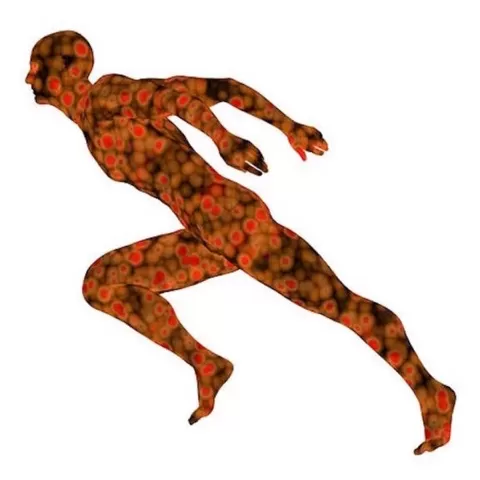WARNING: THESE VIDEOS CONTAIN IMAGES OF HUMAN DISSECTION. MAY BE DISTURBING TO SOME.
Human structure is important to all of us as it has been for millennia. Artists, teachers, health care providers, scientists and most children try to understand the human form from stick figure drawings to electron microscopy. Learning the form of people is of great interest to us – physicians, nurses, physician assistants, emergency medical services personnel and many, many others.
Learning anatomy classically involved dissection of the deceased whether directly in the laboratory or from texts, drawings, photographs or videos. There are many wonderful resources for the study of anatomy. Developing an understanding of the human form requires significant work and a wide range of resources.
In this course, we have attempted to present succinct videos of human anatomy. Some will find these images to be disturbing and these images carry a need to respect the individual who decided to donate their remains to benefit our teaching and learning.
All of the dissections depicted in the following videos are from individuals who gave their remains to be used in the advancement of medical education and research after death to the Yale School of Medicine.
The sequence of videos is divided into classic anatomic sections. Each video has a set of learning objectives and a brief quiz at the end. Following each section there is another quiz covering the entire section in order for you to test your knowledge.
We hope these videos will help you better understand the human form, make time that you may have in the laboratory more worthwhile if you have that opportunity and help you develop an appreciation of the wonderful intricacies of people.
ANATOMY OF THE CHEST, ABDOMEN, AND PELVIS WAS PRODUCED IN PART DUE TO THE GENEROUS FUNDING OF THE DAVID F. SWENSEN FUND FOR INNOVATION IN TEACHING.
This work was supported in part by the Kaplow Family Fund, Yale School of Medicine.
COURSE CURRICULUM: ANATOMY OF THE THORAX, HEART, ABDOMEN AND PELVIS
RECOMMENDED TEXT
GRAY’S ANATOMY FOR STUDENTS, RICHARD L DRAKE, ELSEVIER. ONLINE AND PRINT EDITIONS
ADDITIONAL RESOURCE
ATLAS OF HUMAN ANATOMY, FRANK H NETTER, ELSEVIER. ONLINE AND PRINT EDITIONS.
We would like to thank all of those who have contributed to the creation of this course:
Charles C Duncan, MD, Producer & Director, Professor of Neurosurgery, Pediatrics and Surgery (Anatomy), Yale School of Medicine
William B Stewart, PhD, Associate Producer, Narration, Anatomist, Chief Section of Human Anatomy, Department of Surgery, Yale School of Medicine
Shanta E Kapadia, MBBS, Anatomist, Lecturer in Anatomy, Section of Human Anatomy, Department of Surgery, Yale School of Medicine
Linda Honan, PhD, Professor, Yale School of Nursing
Harry R Aslanian, MD, Associate Professor, Department of Medicine (Gastroenterology) Yale School of Medicine
Jonathan Puchalski, MD, Associate Professor of Internal Medicine (Pulmonary), Yale School of Medicine
Michael K. O’Brien, MD, PhD, Assistant Clinical Professor of Surgery, Yale School of Medicine
Mahan Mathur, MD, Assistant Professor of Radiology and Bio-Medical Imaging, Yale School of Medicine
Lei Wang, MLS & Kelly Perry, Technical, Yale Medical Library
Anna Nasonova, Artist, Yale School of Architecture
Rachel Hill, Artist and Technical, Yale College
Philip Lapre, Technical, Section of Anatomy, Department of Surgery, Yale School of Medicine




